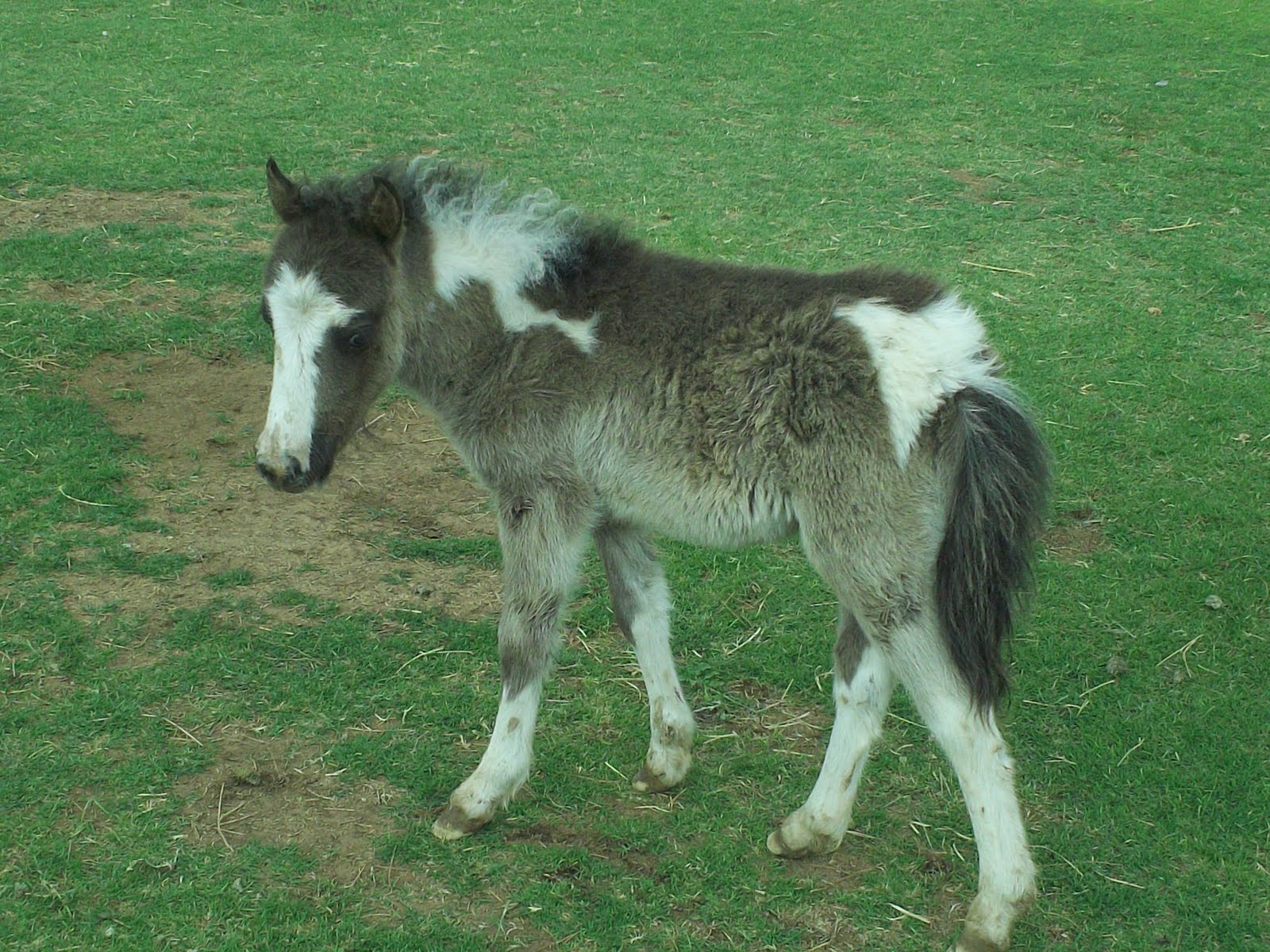CrazyWestTexasFarmGirl
Active Member
Ok I am totally new to the miniature horses. I have never had a youngster before either. Just big horses already at least green broke...
I now am the proud owner of a little mini paint colt Born April 14th. He is currently still at the breeders about 10 minutes away from me until hes weened.
We are working with him on the weekends and about every other day we go out there and handle him and get him used to us.
I am totally lost on what to do to get started on halter breaking this little guy reliably? We may not get out there EVERY day right now (due to temps running 105 around here right now... )
I have been putting the halter and leadrope on him while we are out there without pulling onit but he spazzes out and while its on hes skittish and we dont get to brush andhandle him much.
We take it off when we leave for the day. So its on him MAYBE 1 hour.
any suggestions on what else we should be doing? Intentions are eventually to train this little guy to be a therapy horse with a group here that goes to nursing homes etc.
Maybe eventually train him to pull a cart.
I am open to tips and suggestions!
I now am the proud owner of a little mini paint colt Born April 14th. He is currently still at the breeders about 10 minutes away from me until hes weened.
We are working with him on the weekends and about every other day we go out there and handle him and get him used to us.
I am totally lost on what to do to get started on halter breaking this little guy reliably? We may not get out there EVERY day right now (due to temps running 105 around here right now... )
I have been putting the halter and leadrope on him while we are out there without pulling onit but he spazzes out and while its on hes skittish and we dont get to brush andhandle him much.
We take it off when we leave for the day. So its on him MAYBE 1 hour.
any suggestions on what else we should be doing? Intentions are eventually to train this little guy to be a therapy horse with a group here that goes to nursing homes etc.
Maybe eventually train him to pull a cart.
I am open to tips and suggestions!




